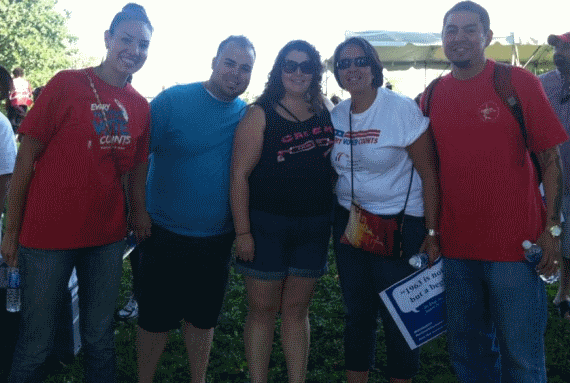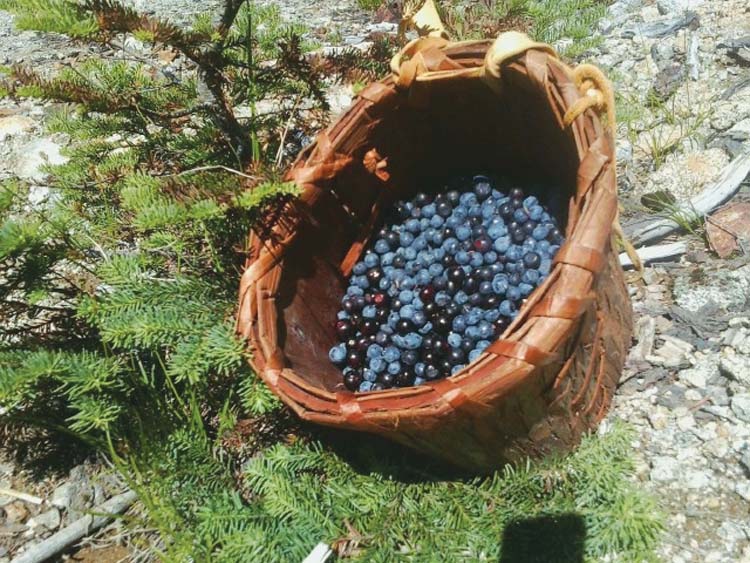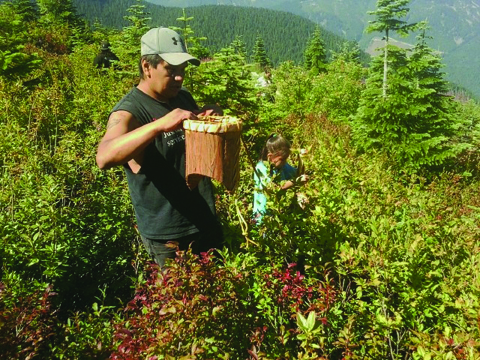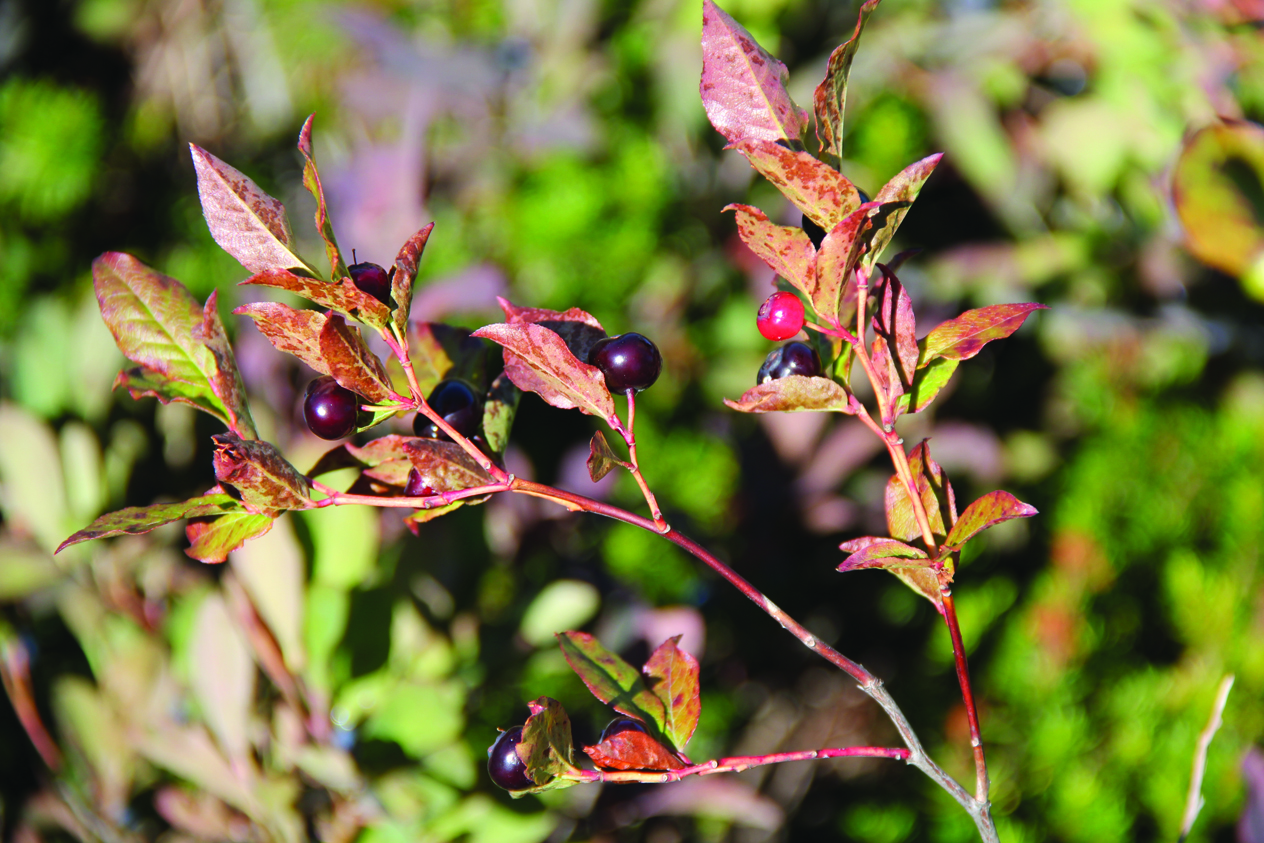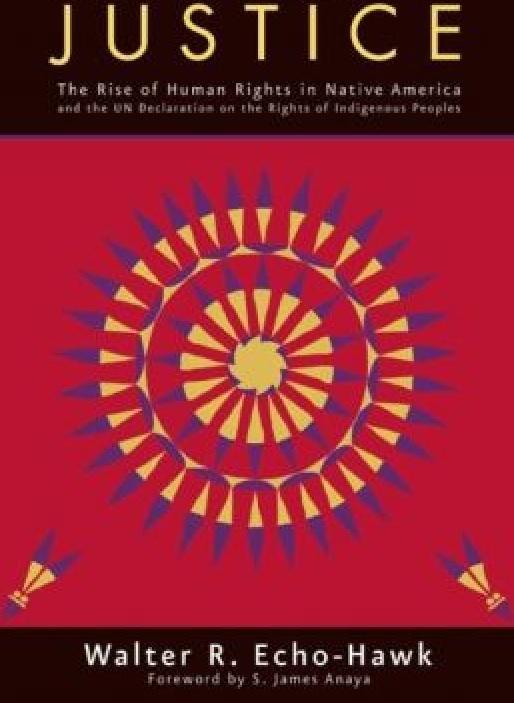 Dorraine Frances (Williams) Jones, 78, was born and raised on the Tulalip Indian Reservation. Her parents were Lawrence Charles Williams and Christina Fryberg of Tulalip. She passed away on August 22, 2013 at Everett, Washington.
Dorraine Frances (Williams) Jones, 78, was born and raised on the Tulalip Indian Reservation. Her parents were Lawrence Charles Williams and Christina Fryberg of Tulalip. She passed away on August 22, 2013 at Everett, Washington.
Dorraine was born to a fisherman and fished with her husband, “Breezer” on their boat the “Dorraine J.” She started her career with her dad beach seining, then fishing with Breezer, she also worked many years at the original Smoke Shop located by the dam on the reservation; and later in the first tribal health clinic as a Community Health Representative. She enjoyed her culture by harvesting cedar, cascara bark, berry picking, clam digging, canning and cooking for family events. She will be deeply missed by her family and friends.
Dorraine is survived by her son and daughters, Jimmy Jones (Kristy L.); Rae Anne (Mike) Gobin, Karen (Steve) Gobin; her grand-children, Justine Jones, Brent Cleveland (Sara E.), Ron Cleveland, Joshua Cleveland, Shelby Cleveland (Trever H.), Sonia Gobin (George S.), Steven Gobin Jr. (Chandra R.), Kevin (Laini Jones), Natosha Gobin (Thomas W.) and Jessica Jones; great-grandchildren, Brent Cleveland Jr., Evalynn Cleveland, Rosalie Cleveland, Stella Cleveland-Husein, Kylee Sohappy, Kira Sohappy, Koli Sohappy, Kaliyah Sohappy, Aleesia Gobin, Eian Williams, Wakiza Gobin, Florence Gobin, Eliana Gobin, Jet L. Jones, Ava D. Jones, KC Hots, Kane Hots, Katie Hots, Aloisius Williams and Aiden E. Mather; her sister, Jane Wright; brothers, Herman Williams Sr., Clyde (Maxine) Williams Sr., Arley Williams, Charlene Williams, nephews; Frank (Michaela) Wright, Lawrence (Kim) Wright, Herman Williams Jr., Andy Williams; Alan (Arnele) Williams, Clyde Williams Jr., Gene (Julie) Williams; Lance Williams; Brian Jones Sr. and Brian “Bubbas” Jones Jr., nieces, Christine (Dean) Henry, Deb (Joe) Peterson, Illa Wright, Leilani Davey, Charlotte Williams, Janet Williams, Gail Williams, Felicia (Sugar) Jones, Chris Jones; and many other great nieces and nephews.
Dorraine was preceded in death by her husband, Ralph D. Jones Jr.; parents, Lawrence and Christina (Daisy) Williams; parents-in-law, Ralph and Edith Jones, Lena Harrison; her sons, Kevin O. Jones, Ralph D. Jones III; her grandson, Nathan D. Cleveland; her sister-in-law, Genevieve Williams; brother-in-laws, Darrel R. Jones, Frank Wright; and nephew, Greg Williams.
The family wishes to extend their gratitude to the Everett Providence Hospital for their support in her final days. A special thank you to mom’s caretakers, Jimmy, Kristy, Justine, Brian “Bubba” and Chasity who were there for her night and day for the many years that she had been ill.
The Viewing will take place at 1:00 p.m. on Tuesday August 27, 2013 at Schaefer-Shipman Funeral Home in Marysville. An Interfaith Service to celebrate Dorraine’s life will be held at 6:00 p.m. on August 27, 2013 at her home. Funeral Services to be held at 10:00 a.m. on Wednesday August 28, 2013 at the Tulalip Tribes Gym followed by burial service at the Mission Beach Cemetery.





